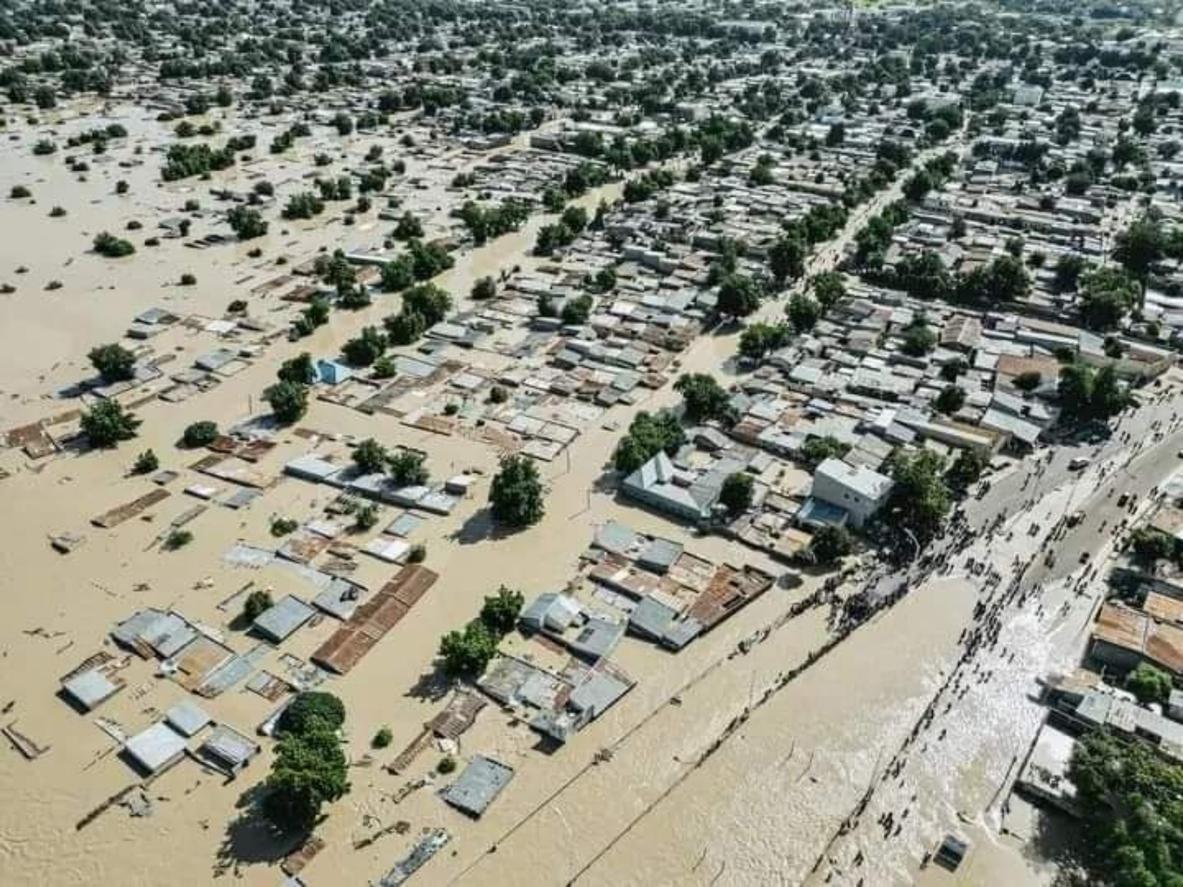In early January, INRAE was born from the merger of INRA and IRSTEA. This new institute aims to become one of the world leaders in research to “invent tomorrow’s solutions in agriculture, food and the environment”.

INRAE, for National Research Institute for Agriculture, Food and the Environment. This is the name of the body born from the merger of theINRA — national institute for agronomic research andIRSTEA — national research institute in science and technology for the environment and agriculture. This newcomer aims to become one of the “world leaders in research to invent tomorrow’s solutions in agriculture, food and the environment”.
“At a time when it is more essential than ever to accelerate transitions to sustainably transform agriculture, food and the environment, INRAE is committed to building new solutions through research, innovation and support for public policies, as close as possible to the expectations of society and with it”, declared its Chairman and Chief Executive Officer, Philippe Maugin, at his inauguration on 1er January, in the presence of Ministers Frédérique Vidal (Higher education, research and innovation) and Didier Guillaume (Agriculture and food).
This new institute is the “fruit of a process of more than three years between November 2016 and December 31, 2019”, explains the organization to Why Doctor. “In November 2016, the presidents of the two establishments (INRA and IRSTEA) were mandated by the Ministers to reflect on the relevance of a common scientific ambition shared by the two institutes. This reflection resulted in the submission of a report to the supervisory authorities on November 30, 2017 with five thematic pillars ‘Water – Forest/Wood – Agriculture – Food – Circular Economy’ as the basis of this scientific cooperation project and the structuring of environmental research. ” Between February and September 2018, two operational committees led to the creation of the new EPST (public establishment of a scientific and technological nature).
Find a sustainable diet, beneficial to our health
With a community of 12,000 people and more than a billion euros at its disposal, INRAE has just over 200 research units and around forty experimental units within 14 scientific departments. These are located in 18 research centers throughout France. What’s more, the organisation’s international network “allows it to collaborate with the best teams in Europe and around the world”, says the press release.
“As an EPST, the heart of this new establishment is to carry out, organize and coordinate, on its own initiative or at the request of the State, all scientific and technological research work in the fields of agriculture , food, forest, environment, water, biodiversity, bioeconomy, circular economy, sustainable management of territories and risks. INRAE aims to be a key player in the transitions necessary to respond to major global challenges. Faced with the increase in population, climate change, the scarcity of resources and the decline of biodiversity, the institute is building solutions for multi-performance agriculture, quality food and sustainable management of resources and ecosystems”, explains INRAE.
Currently, many studies are underway, including 166 European research projects. “On the food/global health aspect, our research aims to understand the links between human health, food and the environment in a perspective of sustainable food, favorable to our health, and accessible to all“, he explains.
“Unique health”
“There are many links between food, environment and human health. To understand them, INRAE first studies consumption choices and diets, which are themselves governed by multiple factors: physiological, psychological, economic and cultural. Moreover, the institute works on the characteristics of foods that influence our health. These characteristics depend on the cultivation and breeding methods, which influence the nutritional composition and the health status of the products derived from them. They also depend on processing and storage methods that affect the quality of the final foods (nutritional values, additives, contaminants, etc.).
“Similarly, these production and processing activities can emit potentially toxic substances that end up in the soil, air or water and also affect our health. It is therefore a question of thinking about health in a global way, considering that human health is closely linked to that of animals and plants, as well as to the environment and to the pollution of water, soil or air. This is the concept of ‘One global health’ or ‘single health’, continues the Institute. Several studies have modeled or observed diets capable of adequately feeding the population while limiting their impacts on the environment.
Finally, as a new decade begins, INRAE has set itself a colossal challenge: to better understand the microbiome. Human but also vegetable or animal. “A major frontier, the most important in biology in recent decades and therefore a lot of new technologies will emerge from there”, enthuses the organization.
.

















